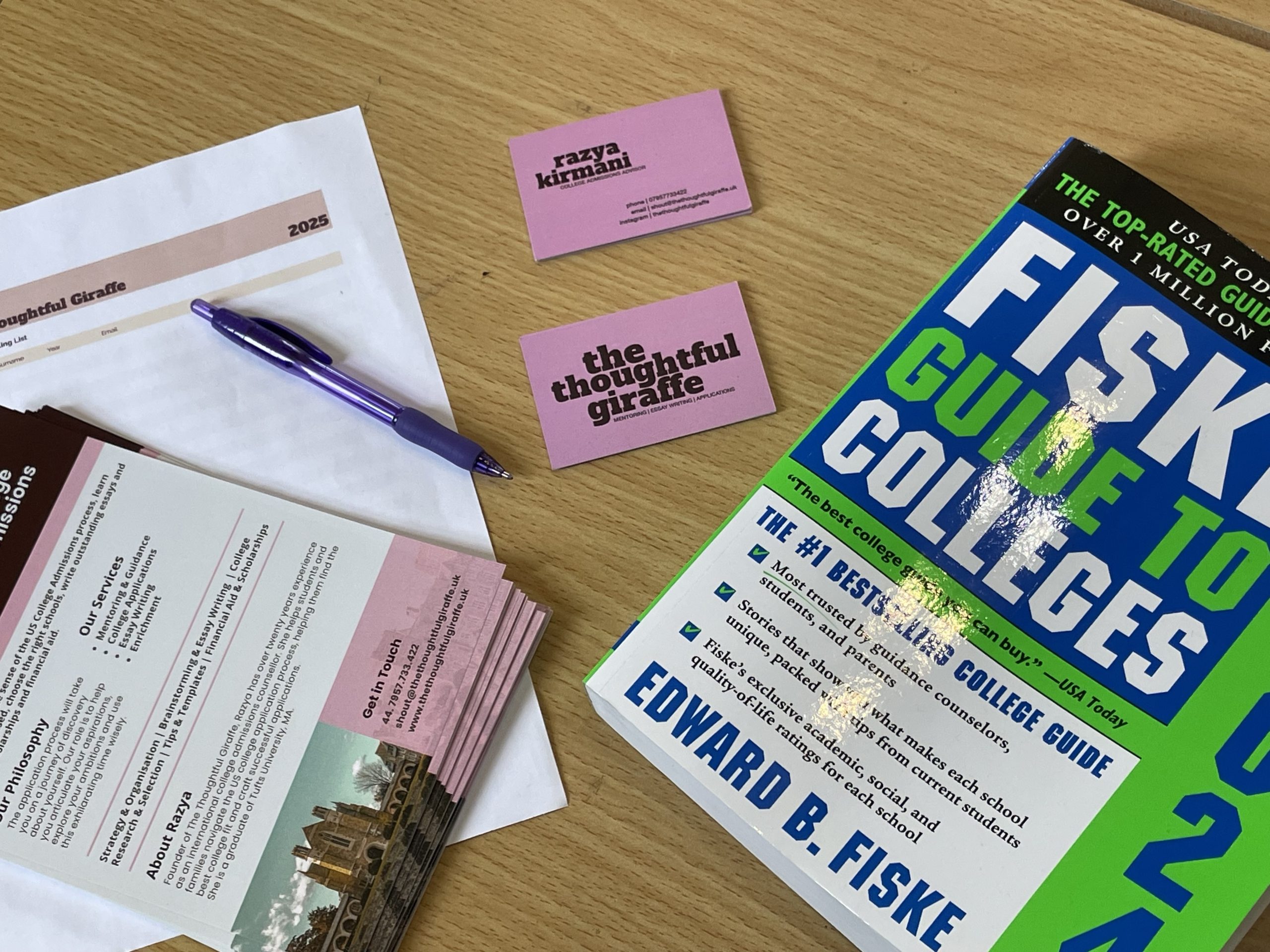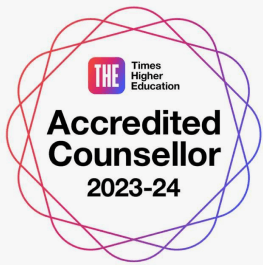What’s the US College Applications Process?
This question belongs in an FAQ. One of the most frequently (commonly) asked questions by prospective students and parents alike. So much so that I felt like a broken record hearing my own voice endlessly repeating the same schpiel to the students stopping by my booth at a local school fair recently.
“I’d like to apply to the US and I want to know what the process is.” “Should I just find the school websites and apply?” “So how do I apply to US colleges?”
These and sundry other versions of the same question, is all I heard that afternoon.
And my schpiel went something like this:
There are around 4,500 US colleges and universities to choose from in the US. [Please note, that in the US, they are simply referred to as schools and that’s what I’ll be doing in my blogs.] You can’t apply to all of them and choosing which ones isn’t an easy task. Most people end up applying to the top 20 give or take a few they’ve added because they know someone who attended or someone recommended them. I wouldn’t recommend that strategy.
Choosing which schools to apply to is about choosing which schools are a good fit for you: your interests, extracurriculars and academics, personal achievements and motivations, financial resources as well as factors such as east coast or west, big school or small, research university or small liberal art school, cold weather or warm, small town or big city, and many more. Even then, once you’ve chosen the schools you think are a a good fit for you, you have to consider if you’re a good fit for them: do you have the grades, the motivation, the ‘something different’ that will help you stand out from the crowd and make the cut on to the admitted pile?
Schools like Harvard have a very low admission rate: that’s because they admit only around 1,500 students out of 56,000 applicants. So the minimum you need to apply to schools like Harvard (and Stanford, USC, Pomona, Princeton, University of Pennsylvania) – 4A stars and an EPQ (or equivalent if you’re not a GCSE/A levels student such as 38 points or above on the IB).
There are other schools where you can find a similar vibe: Carleton College (MN), University of Rochester (NY), Lehigh Univeristy (PA), Wake Forest University (NC), Vassar College (NY), University of Richmond (VA). Other small liberal art schools to look at, research and consider: Wesleyan University (CT), Bucknell University (PA), Davidson College (NC), Lafayette College (PA) and Lehigh University (PA). Not all schools offer financial aid to international students so if that’s a consideration for you, make sure you check school policies before you start researching the school.
Now back to the original question: what’s the US college applications process. Here are the bare bones:
- Use comparison sites – US News, College Vine, CTCL – to explore, research, compare and select your preliminary list of colleges and universities.
- Visit college websites to explore the offering in more detail – academics, cultural, climate, location, vibe, financial aid and scholarships.
- Create an excel spreadsheet to track the schools you’re exploring with tabs for location, financial aid, school size (large research school, small liberal arts school, public vs private), your interests (sports, art, music)
- Most schools use one of three portals to allow you to consolidate the college application process: CommonApp (used by 1,100 colleges), Coalition App (used by 170 schools), Questbridge (55 schools) but many also have supplemental essays and short questions that don’t always show up on the portal until the personal statement has been submitted so check the admissions pages on the school websites too. Don’t assume the portal is all you’ve got to deal with!
- Once you’ve got your short list, which ideally you should aim to have done at least a year and a half to two years before your planned college start date, you can start getting organized for the application stage.
- Check which schools require aptitude tests such as the SATS or APs and make a note of registration deadlines, test dates and test centres near your area.
- US colleges take a more holistic approach to admissions: they look at 4 year transcripts not just final GCSE or A level grades; they look at recommendations and personal qualities such as leadership, motivation, curiosity, contribution to community, determination and the ability to work hard; essays are very, very important – start drafting them at the very latest the summer before your applications will be due (after your 1st year A level exams).
- Use a college admissions planning template to keep track of deadlines and due dates or ask me for one.
Another question ‘A’ level students ask is how important is the EPQ – especially if you’re already doing four A levels. I thought this was a really useful blog on the topic by an A level student who’s just completed hers but the short answer is, it’s important. An EPQ allows you to showcase your interests outside of your classes, your research and writing skills and your independence. For US colleges, if you don’t have the calibre of extracurriculars American schools, especially the top ones expect, the EPQ can be of enormous benefit. For UK college applications, well it adds to your UCAS points so that can only be a good thing!
So that’s the broad outline of the US college application process. I hope you found it useful. Got questions? Write to me.



